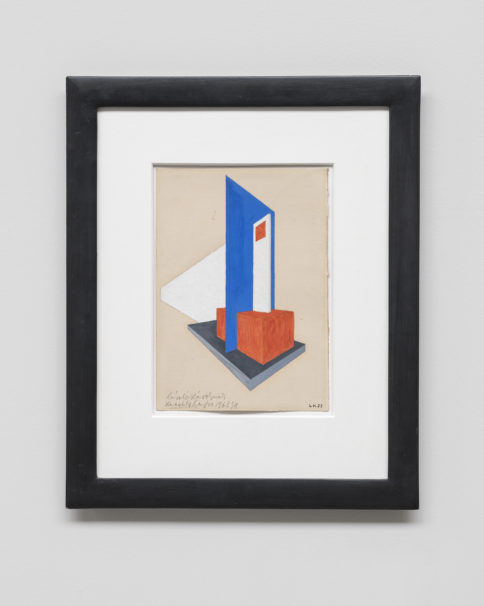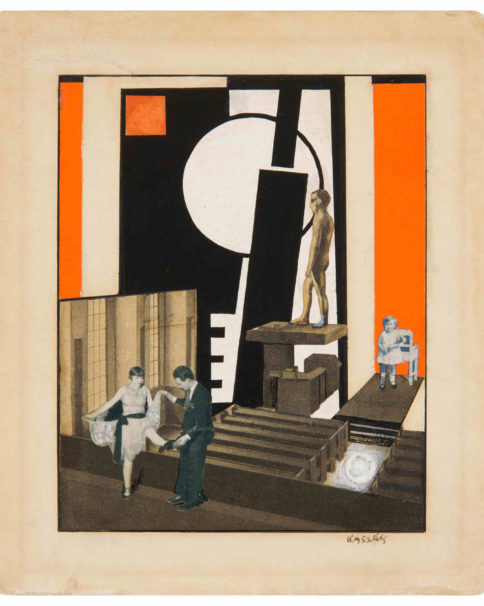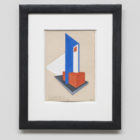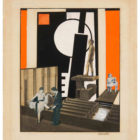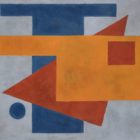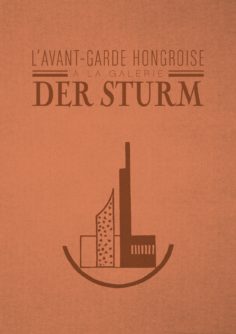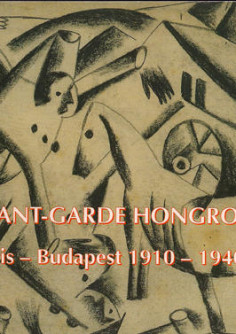A poet and writer, and above all a painter, graphic designer and editor, this polymath was one of the key figures of the Hungarian avant-garde. Born in Ersekujvár, he left school to work at a very young age. Fired up by left-wing ideas, he was soon involved with the organisation of strikes and took part in anarchist demonstrations and rallies in Budapest and Belgium – he was expelled from the latter country as a “dangerous anarchist.”
In 1909 he set off to cross Europe on foot. He wrote and published many poems and, on returning to Hungary, launched A Tett in 1915. This review was immediately banned because of its militant stance. Kassák and the artists he assembled rejected social democracy and bourgeois ideology and advocated revolt and the need for revolution.
In 1916 Kassák founded MA (to which Bortnyik, Mattis, Teutsch and Moholy-Nagy also contributed), which now became the main mouthpiece of the Hungarian avant-garde (in Hungary, and then in exile) with considerable international reach. However, its activity was not limited to publication of a journal but also extended to visual arts, graphic design, theatre, prose and poetry. In this period, Kassák discovered contemporary composers such as Béla Bartók (the subject of a special issue of MA in 1918) whose works echoed the concerns of the artistic avant-garde. After the fall of the Republic of Councils, during which he was put into prison, Kassák emigrated to Vienna, where he was influenced by various modernist tendencies.
In the 1920s he created the concept of Bildarchitektur (picture architecture), which drew on the ideas developed by Russian artists like Tatlin and Malevich. As of 1921, MA was written from Berlin in collaboration with László Moholy-Nagy, with whom Kassák published the Buch Neuer Kunstler (Book of New Artists), reflecting the extent of MA’s international contacts. The following year, he was invited by Herwarth Walden to give a public reading of his poems. While in Berlin he was able to visit the Russian exhibition, which he reviewed for MA. In 1923, Der Sturm published an illustrated selection of his poems, Ma-Buch, and his work featured in the international exhibition organised by the review Contimporanul in Bucharest alongside Brancusi, Klee, Arp, Schwitters, Richter, Iancu, Peeters and many others.
In May 1926 he published the Book of Purity, a collection of poems, articles on literature, advertising and theatre, and reproductions of his artistic works (picture architecture). In the second half of the 1920s he revised his aesthetic ideas and diluted the total abstraction of Constructivism by introducing photography and photomontage as he sought to raise advertising to the level of an art form in its own right. After 1926 he founded the journals Dokumentum and Munka. Their failure convinced him that modernism had lost its support in Hungary (except perhaps in advertising design). Kassák henceforth lived in seclusion until his death in 1967.
Maria Tyl
